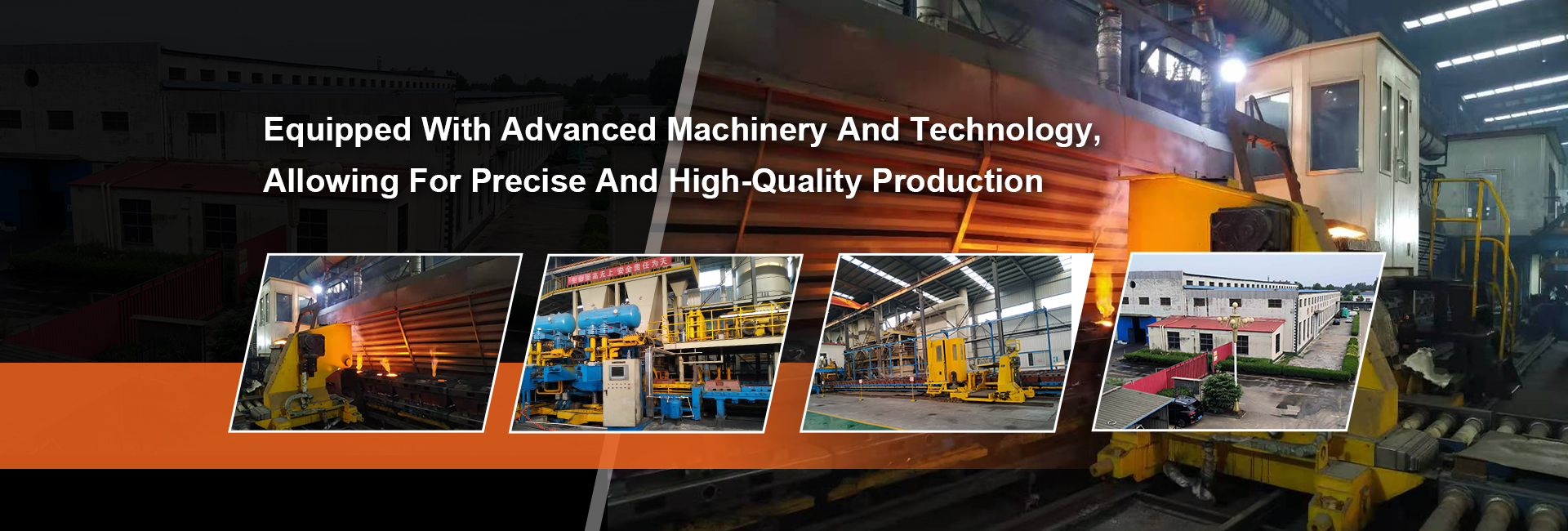
-
 Afrikaans
Afrikaans -
 Albanian
Albanian -
 Amharic
Amharic -
 Arabic
Arabic -
 Armenian
Armenian -
 Azerbaijani
Azerbaijani -
 Basque
Basque -
 Belarusian
Belarusian -
 Bengali
Bengali -
 Bosnian
Bosnian -
 Bulgarian
Bulgarian -
 Catalan
Catalan -
 Cebuano
Cebuano -
 Corsican
Corsican -
 Croatian
Croatian -
 Czech
Czech -
 Danish
Danish -
 Dutch
Dutch -
 English
English -
 Esperanto
Esperanto -
 Estonian
Estonian -
 Finnish
Finnish -
 French
French -
 Frisian
Frisian -
 Galician
Galician -
 Georgian
Georgian -
 German
German -
 Greek
Greek -
 Gujarati
Gujarati -
 Haitian Creole
Haitian Creole -
 hausa
hausa -
 hawaiian
hawaiian -
 Hebrew
Hebrew -
 Hindi
Hindi -
 Miao
Miao -
 Hungarian
Hungarian -
 Icelandic
Icelandic -
 igbo
igbo -
 Indonesian
Indonesian -
 irish
irish -
 Italian
Italian -
 Japanese
Japanese -
 Javanese
Javanese -
 Kannada
Kannada -
 kazakh
kazakh -
 Khmer
Khmer -
 Rwandese
Rwandese -
 Korean
Korean -
 Kurdish
Kurdish -
 Kyrgyz
Kyrgyz -
 Lao
Lao -
 Latin
Latin -
 Latvian
Latvian -
 Lithuanian
Lithuanian -
 Luxembourgish
Luxembourgish -
 Macedonian
Macedonian -
 Malgashi
Malgashi -
 Malay
Malay -
 Malayalam
Malayalam -
 Maltese
Maltese -
 Maori
Maori -
 Marathi
Marathi -
 Mongolian
Mongolian -
 Myanmar
Myanmar -
 Nepali
Nepali -
 Norwegian
Norwegian -
 Norwegian
Norwegian -
 Occitan
Occitan -
 Pashto
Pashto -
 Persian
Persian -
 Polish
Polish -
 Portuguese
Portuguese -
 Punjabi
Punjabi -
 Romanian
Romanian -
 Russian
Russian -
 Samoan
Samoan -
 Scottish Gaelic
Scottish Gaelic -
 Serbian
Serbian -
 Sesotho
Sesotho -
 Shona
Shona -
 Sindhi
Sindhi -
 Sinhala
Sinhala -
 Slovak
Slovak -
 Slovenian
Slovenian -
 Somali
Somali -
 Spanish
Spanish -
 Sundanese
Sundanese -
 Swahili
Swahili -
 Swedish
Swedish -
 Tagalog
Tagalog -
 Tajik
Tajik -
 Tamil
Tamil -
 Tatar
Tatar -
 Telugu
Telugu -
 Thai
Thai -
 Turkish
Turkish -
 Turkmen
Turkmen -
 Ukrainian
Ukrainian -
 Urdu
Urdu -
 Uighur
Uighur -
 Uzbek
Uzbek -
 Vietnamese
Vietnamese -
 Welsh
Welsh -
 Bantu
Bantu -
 Yiddish
Yiddish -
 Yoruba
Yoruba -
 Zulu
Zulu
disc brakes versus drum brakes
Disc Brakes vs. Drum Brakes Understanding the Differences
When it comes to vehicle braking systems, two primary types come into play disc brakes and drum brakes. Each has its unique design, advantages, and disadvantages, impacting vehicle performance, maintenance, and overall safety. As automotive technology evolves, understanding the distinctions between these two systems helps consumers make informed decisions when purchasing vehicles or upgrading their braking systems.
Design and Functionality
Disc brakes consist of a round metal disc, known as the rotor, which rotates with the wheel. When the driver presses the brake pedal, hydraulic pressure forces brake pads against the rotor, creating friction that slows down or stops the vehicle. This design allows for efficient heat dissipation, which is crucial during heavy braking situations, as excessive heat can lead to brake fade — a reduction in stopping power.
On the other hand, drum brakes employ a different mechanism. They utilize a cylindrical drum that rotates with the wheel, housing brake shoes. When the brake pedal is pressed, hydraulic pressure pushes the shoes outward against the inner surface of the drum, generating friction. While this system is effective, drums can trap heat, leading to potential brake fade and decreased performance during prolonged use.
Performance
In terms of performance, disc brakes are generally superior. They provide consistent stopping power, even under extreme conditions. This is particularly noticeable during high-speed driving or when managing heavy loads. Disc brakes also respond better to sudden braking, making them a preferred choice for performance cars and larger vehicles like trucks and SUVs.
Drum brakes, while effective and often adequate for light-duty vehicles, tend to lag in performance. Their design can lead to uneven wear and may require more frequent maintenance. This is why many modern vehicles are moving towards disc brakes, especially on the front wheels where braking force is most critical.
disc brakes versus drum brakes

Maintenance and Durability
Maintenance is another aspect where disc and drum brakes differ significantly. Disc brakes are easier to inspect and replace since components are more accessible, while drum brakes require more effort to service. Additionally, since disc brakes are less prone to overheating, they typically have a longer lifespan compared to drum brakes.
Drum brakes are often found on the rear wheels of budget-friendly vehicles due to their lower manufacturing costs. However, owners may face more frequent maintenance costs due to the need for periodic adjustments and part replacements.
Weight and Cost
From a design perspective, disc brakes tend to be heavier and more expensive to manufacture than drum brakes. For this reason, many economy cars continue to use drum brakes in the rear, while high-performance and luxury models favor the benefits of disc brakes.
Conclusion
In summary, the choice between disc brakes and drum brakes boils down to performance needs, vehicle type, and budget considerations. While disc brakes offer superior performance, heat dissipation, and ease of maintenance, drum brakes can still serve effectively in lower-stress applications. As automotive technology continues to improve, the trend is certainly leaning toward more widespread adoption of disc brakes, especially as safety regulations become stricter.
Ultimately, whether you’re a car enthusiast or a casual driver, understanding the differences between these two braking systems will help ensure that you make a choice that enhances both safety and driving experience on the road.
-
What Are Drum BrakesNewsJul.07,2025
-
Understanding Brake Drum MaterialNewsJul.07,2025
-
Semi-Trailer Brake Drum: A Key Component for Extreme Loads and Long-Distance TransportNewsJul.07,2025
-
Drum Brake Pads for SaleNewsJul.07,2025
-
Brake Drums for SaleNewsJul.07,2025
-
Brake Drum ManufacturerNewsJul.07,2025
-
Aluminum Brake Drums: The Future of High-Performance CarsNewsJul.07,2025
